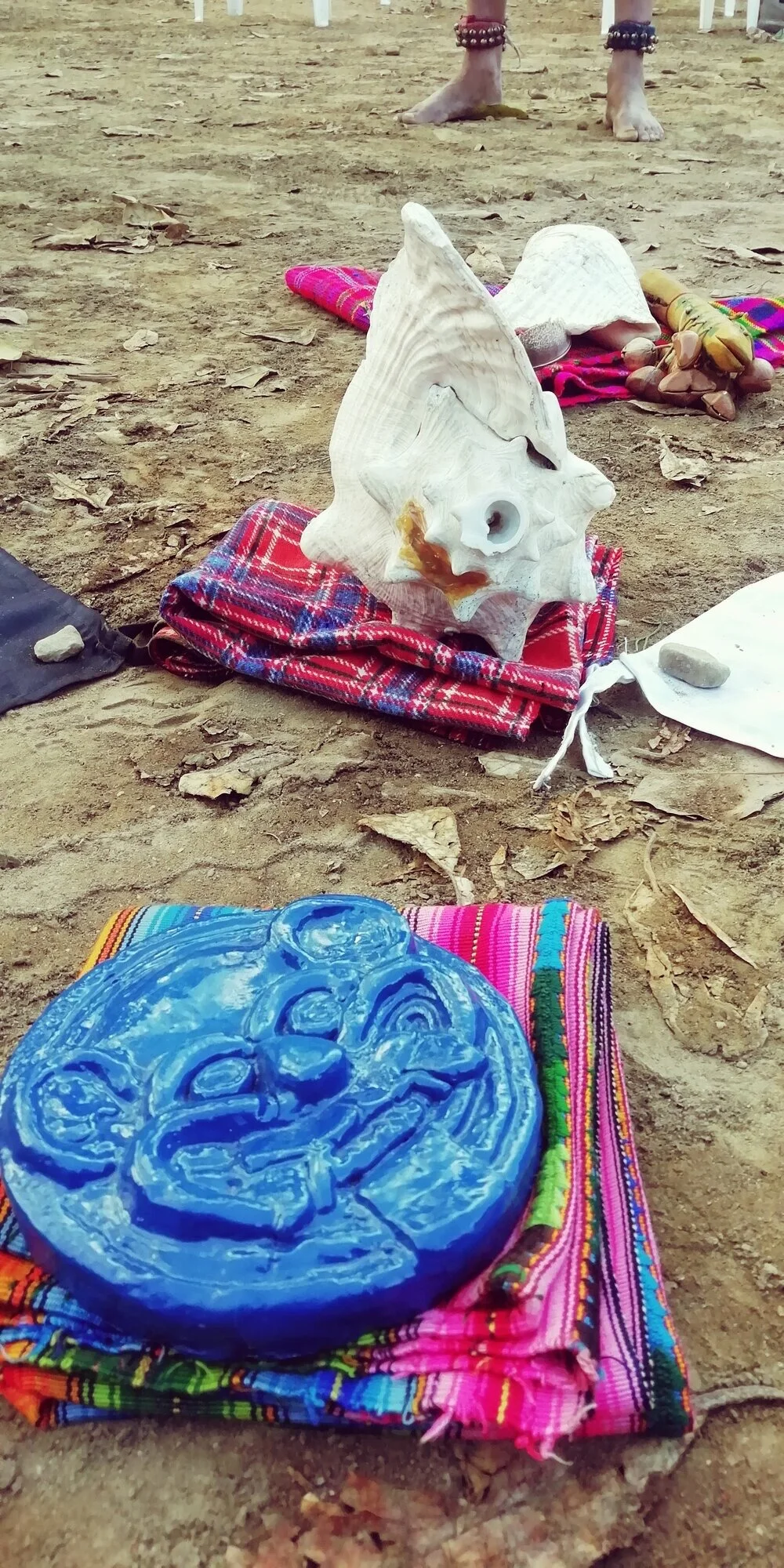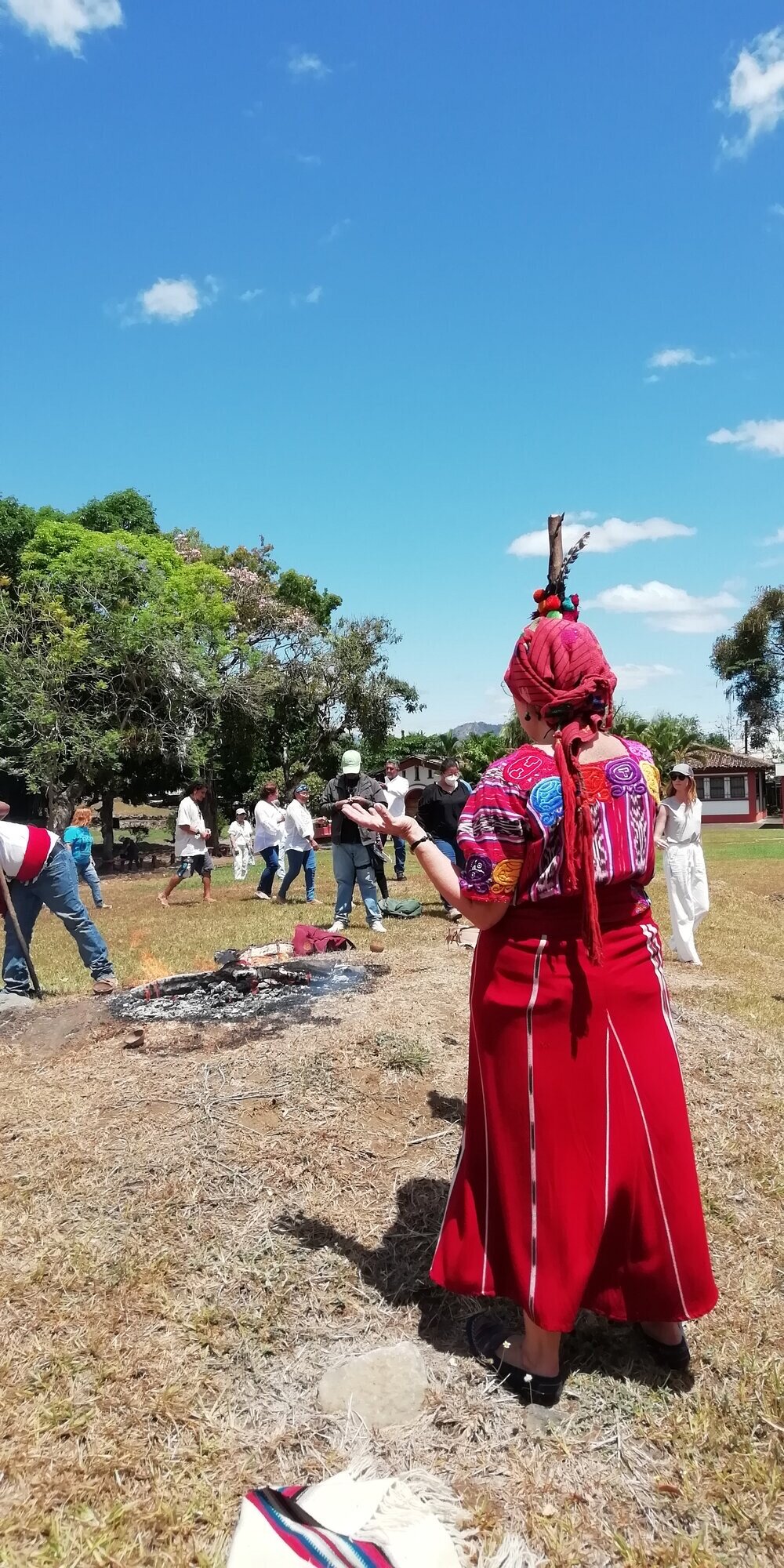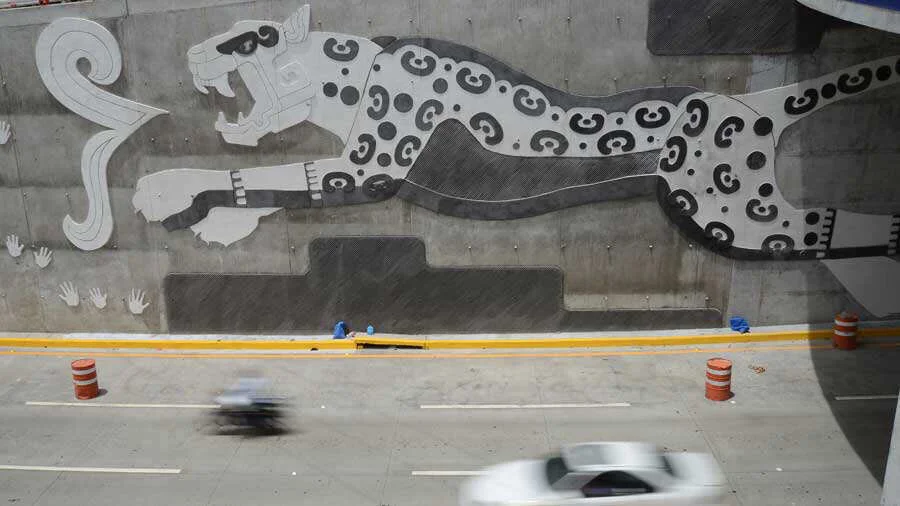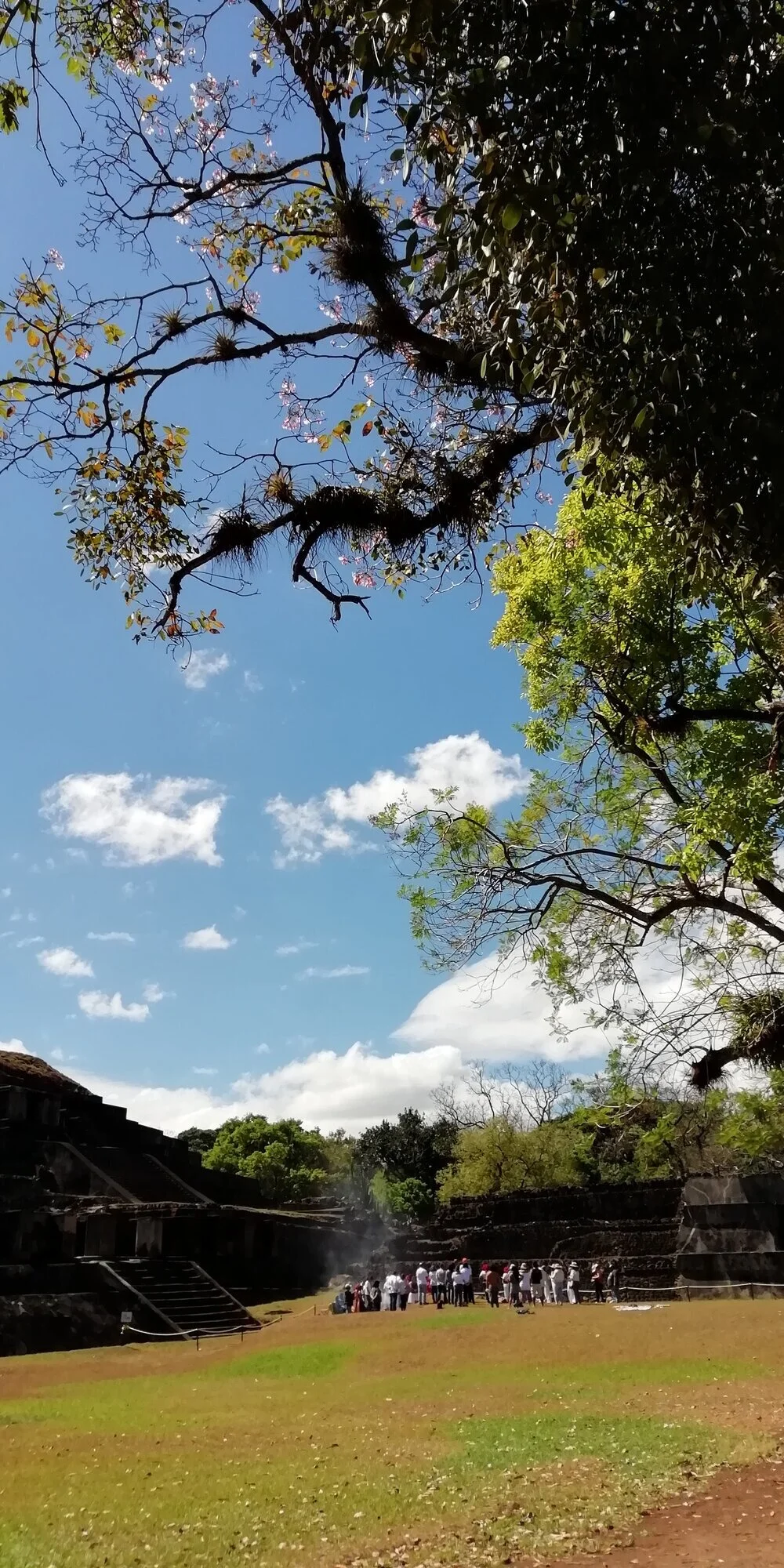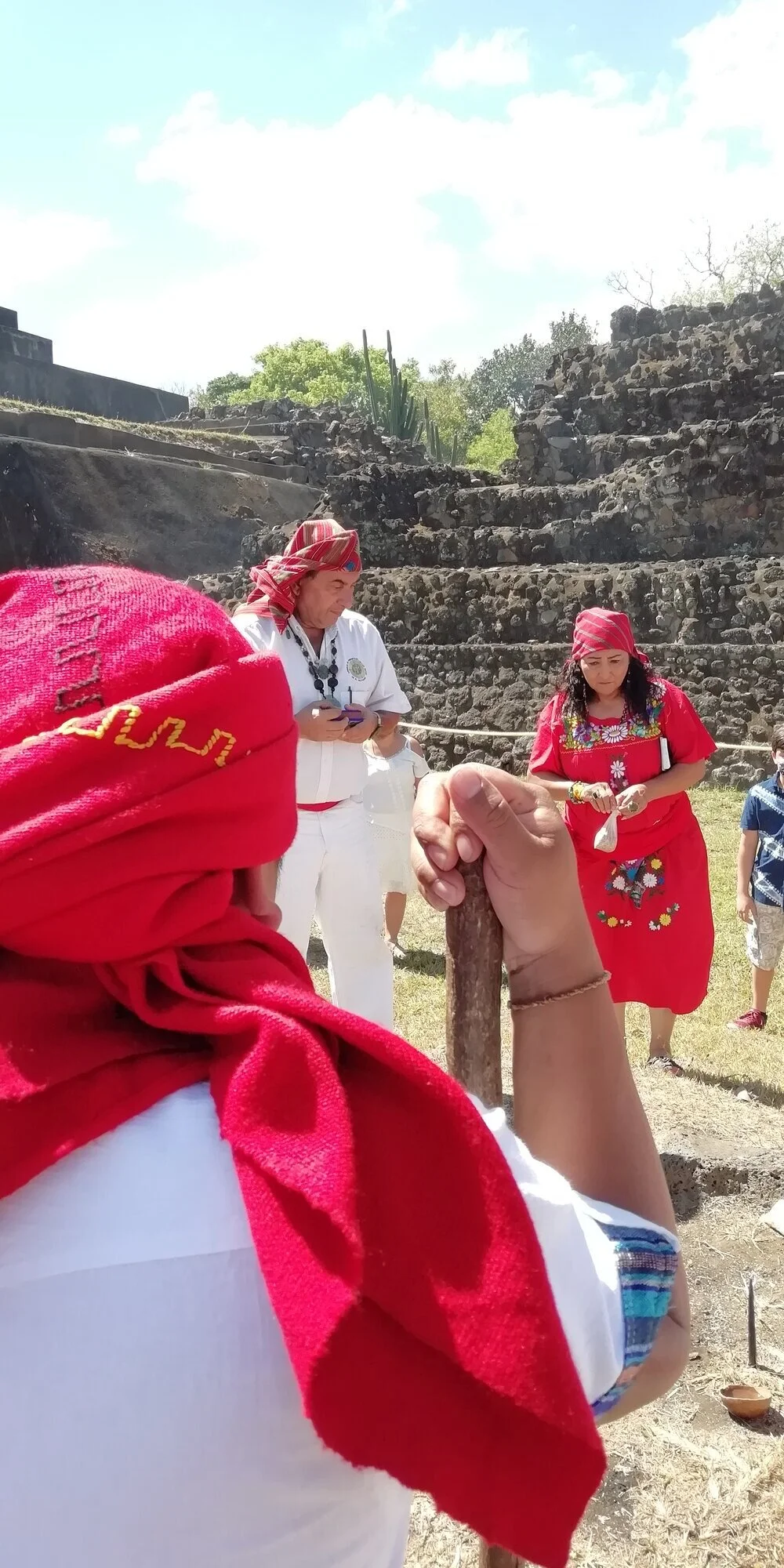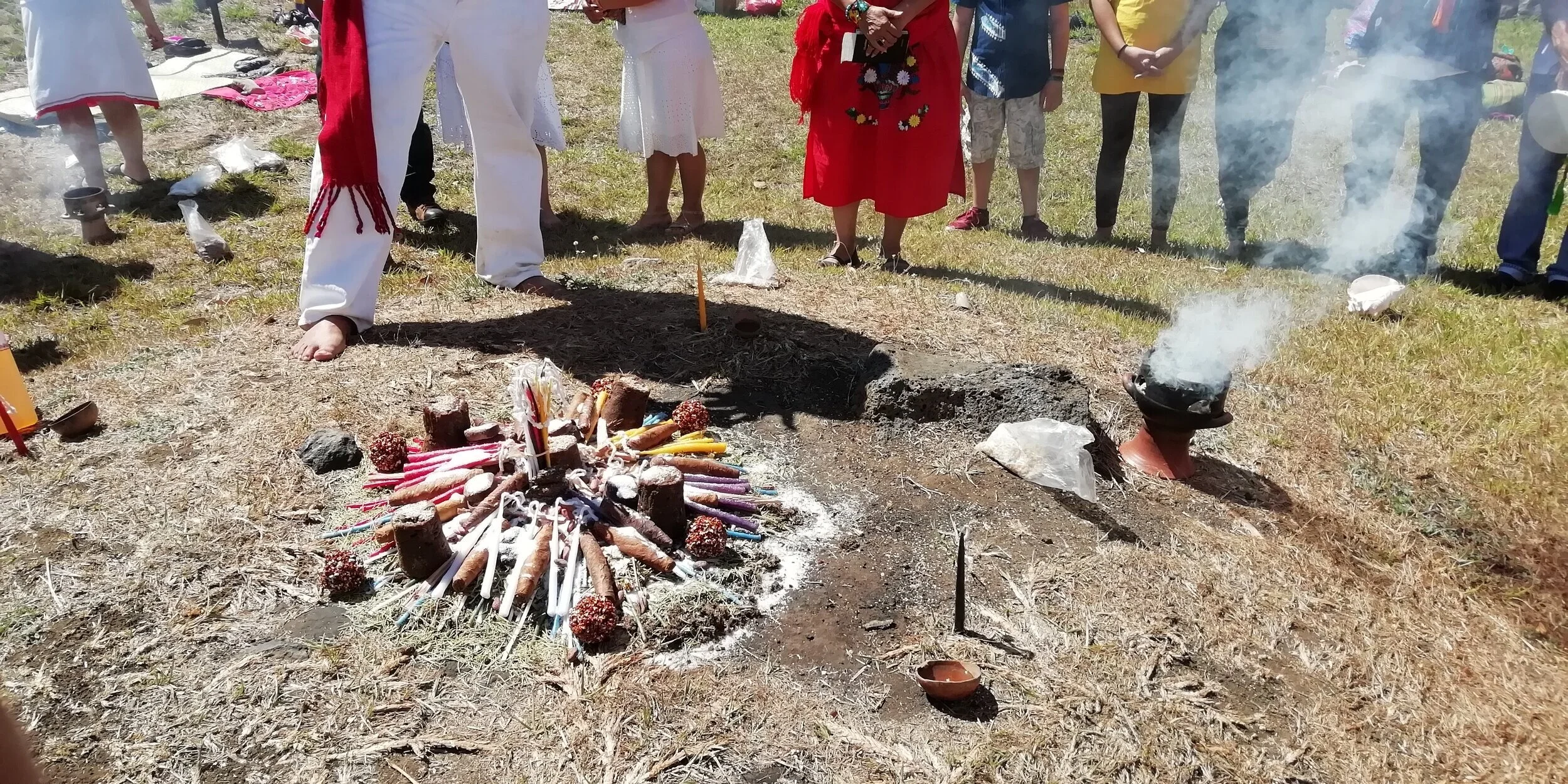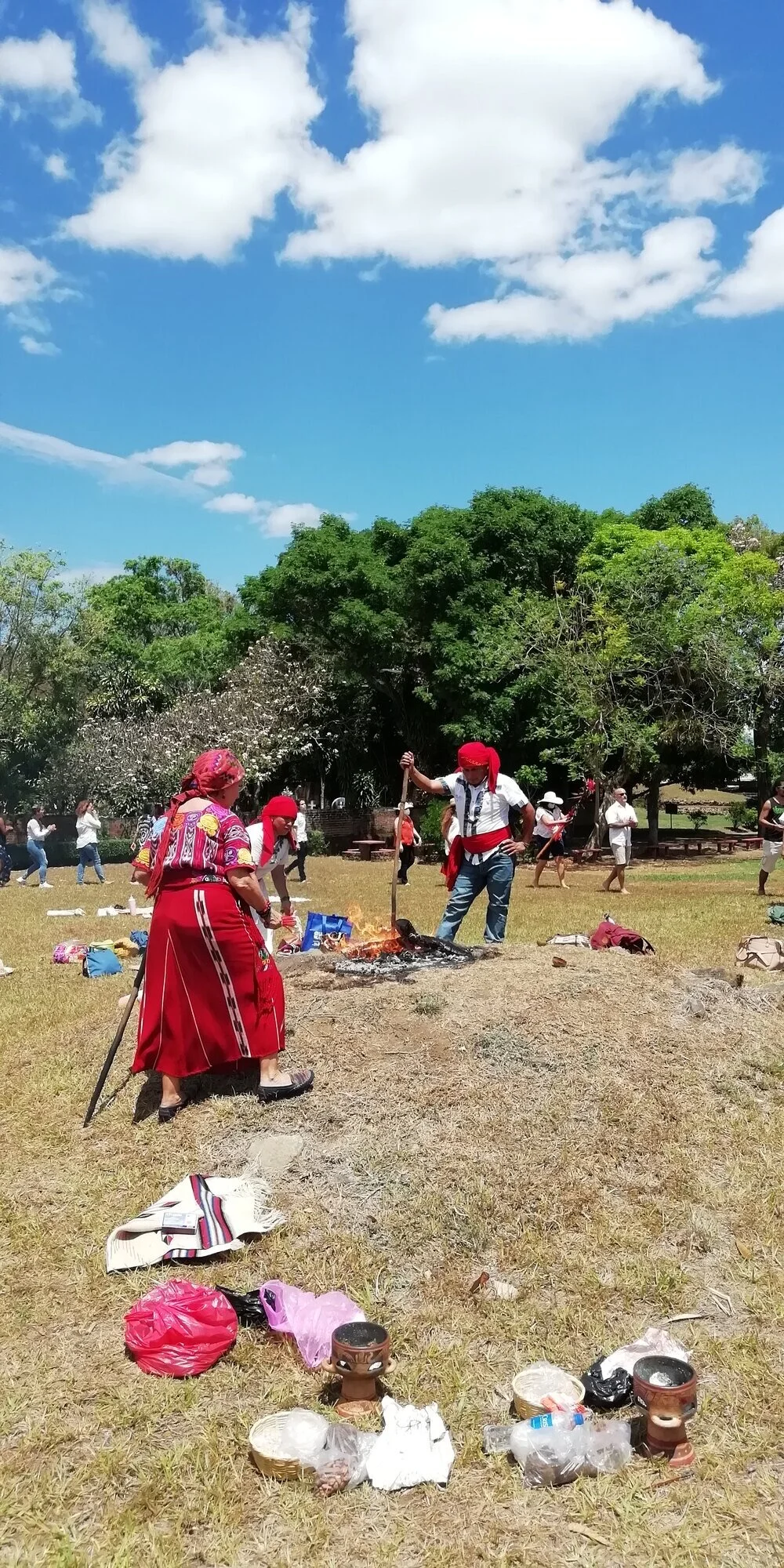Indigenous culture in El Salvador? III
The spirit that sings and dances!
“After the agricultural revolution, human societies grew larger and more complex, while also the imagined constructs that supported the social order became more refined. They created artificial instincts that allowed millions of strangers to cooperate effectively. This network of artificial instincts is called 'culture'.
During the first half of the 20th century, experts taught that each culture was complete and harmonious and that it possessed an invariable essence that defined it forever. Today, most cultural experts have concluded that the truth is actually the opposite. Every culture has its beliefs, norms, and values, but these are in constant flux. Culture can transform in response to changes in its environment or through interaction with neighboring cultures".
Fragment of "The date of history" Sapiens by Y.N.Harari
III. How design took me back to national history
It's been a year since curiosity led me on this journey and a lot has happened since my last entry. To be honest it has been like a popular Latin saying "El que busca, encuentra" that means "Those who seek shall find" and it has been such an inspiring adventure!
The 'Past culture' that I had been reading about in books and other documents made me think that all that amazing culture died or got completely killed during the internal political conflicts (the ones I wrote here --- ) It seemed like I had to base my project in something that once existed and that my job was going to be to collect the leftover pieces of that great story. But life took me to an amazing discovery that I am very excited to share with you!
After some months of living on the coasts of my country, life led me to connect with a great artisan Yarrince (that you can follow here https://www.instagram.com/alternativo_artesano/) who also happened to be a dancer in an indigenous dance group! At that moment I burst out of happiness not only because my national prehispanic identity was real and alive but also because I felt one step closer to seeing with my own eyes the culture that I had only read or heard about.
A couple of days later after I met Yarrince he took me with the dance group who are all incredibly talented people. After talking to Amilkar and Ulises, I knew that I had reached the root source for my project and now I have the privilege of materializing much of this identity that due to conflicts of political interests has been invisible for decades... you don't get to see our prehispanic dances in the national theater or any national festivity... Eurocentrism is real in my country but I'm optimistic that we will wake up out of it soon.
Latin America is a land that suffers due to a lot of different evils and we also repeat a lot of cycles (sometimes out of ignorance and others out of naivety) but right now in Salvadoran politics, there are cultural initiatives that have been taken up from previous governments despite being from the opposition, something that very seldom happens.
Since the last five years in El Salvador, there has been a socio-political push to preserve and make visible the recognition of native peoples. Public actions have been taken to demonstrate this position, such as the creation of a mega-project of road infrastructure that reflects our identity called the “Paso del jaguar” (which you can see in this video made by citycorners_sv https://www.youtube.com/ watch? v = eSUGIFiprRc ), as well as the legal recognition of the naming of archaeological areas that were previously called ruins, are now officially recognized as “ceremonial centers” identifying the plurality of creeds beyond Christianity, and the elaboration of academic materials to teach Nahuat (one of our native languages) is also a big step!
There is a diversity of movements in support of indigenous groups and many more people are joining thanks to social media (which is making messages travel faster within the majority of the population in this country).
What began as a curiosity, is now evolving to be a more structured project. A document that is going to come from my love of history, culture, and design.




